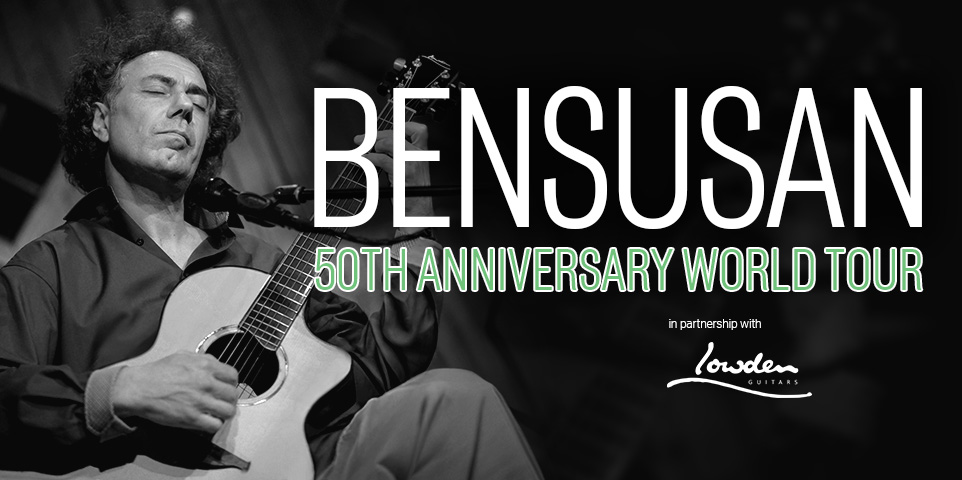Latest News
Transcribing Pierre's music from DADGAD into Standard Tuning
 The biggest challenge when transcribing Pierre's pieces is to try to recreate the natural resonance inherent in the DADGAD tuning for guitar. It is easy to make a note-for-note standard tuning version, but it is much more difficult to imitate the fingering and technical devices that Pierre uses in DADGAD to make the music sound rich and alive. His pieces are designed to inhabit the sonorous sound-world of DADGAD, and this what I must imitate in standard tuning.
The biggest challenge when transcribing Pierre's pieces is to try to recreate the natural resonance inherent in the DADGAD tuning for guitar. It is easy to make a note-for-note standard tuning version, but it is much more difficult to imitate the fingering and technical devices that Pierre uses in DADGAD to make the music sound rich and alive. His pieces are designed to inhabit the sonorous sound-world of DADGAD, and this what I must imitate in standard tuning.
There are several musical fingerprints that occur regularly in Pierre's music, and I have to address these in the arrangements in specific ways. The tuning of DADGAD allows some chord voicing that is not possible in standard tuning; this is partly because the second and third string are only a whole step away from each other. In order to preserve the exact spacings of the notes in chords I may have to change the key of the piece.
It is also necessary to have a very creative approach to fingering - I have had to use unusual stretches, diagonal barrés (across two different frets) and barrés with not only the first finger but also second, third and fourth fingers. None of these things are unusual in Pierre's technique: he is a master of the unconventional!
Harp-like (campanella) scales and arpeggios often appear in the music, and these must be faithfully translated into standard tuning; this will frequently lead to an unusual fingering solution such as a left-hand stretch or the use of an open string so that the sounds of the notes overlap. Above all, it is very important that the player of my transcription follows my specific fingerings in the score (the pieces are presented in both standard notation and tab); these fingerings hold the key to the magical atmosphere that the music lives in.
I try to remain very faithful to the original piece, but there are two kinds of changes that I have made to make the music work better in standard tuning: the register of the bass line can often be adjusted (up or down an octave) without compromising the effect of the music; it has also been possible to change the spacing of the notes in certain chords whilst not altering the general sound of the music.
When I begin working on a piece of Pierre's, firstly I listen very closely, bar by bar to the recording. This gives me the opportunity to focus on the expression and musical effect of the music, which is very useful when I start to work out how best to play it in standard tuning. It is also useful because I can hear exactly how long each note is held for; this important detail is not available in notation or tab, as the systems of notation for guitar are imperfect.
The next stage is to try out several different keys; the most common key change so far has been to take the piece up a whole step. This is because the bottom D of DADGAD becomes the bottom E of standard tuning, and therefore there are no notes in the music that are out of range. I would not consider changing the pitch too much, perhaps by a minor third (three half-steps) up or down at the most.
The final stage is the painstaking one, where I go through each passage very carefully considering all of the possible fingering alternatives. In many cases this has led me to fingerings and unconventional solutions that I would not have thought possible. As with many things, a little compromise is needed: I try to preserve the notes as faithfully as possible and create the same musical effect that I hear when Pierre plays the music.
What makes this work exciting is that in rising to these challenges I am extending my own technique on the guitar, and I am learning more about the instrument all the time.
Roland Gallery, September 2011
You can purchase Rolands standard tuning transcriptions in the Sheet Music part of Pierre's store.
← Go back to previous page









